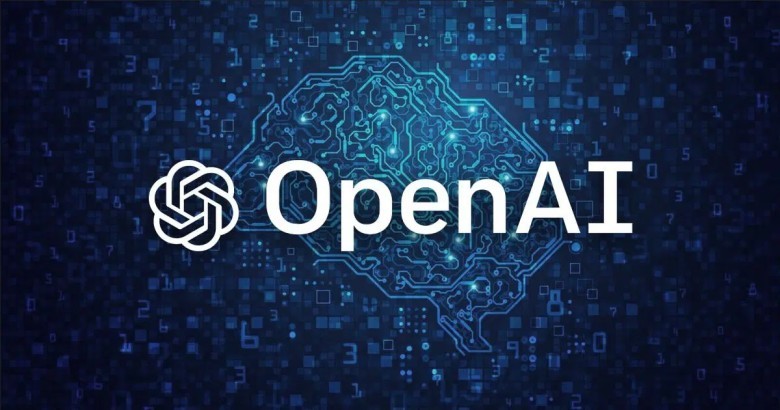views
Riding the Wave of AI Adoption

OpenAI, the name synonymous with cutting-edge artificial intelligence thanks to innovations like ChatGPT and DALL-E, has captured the imagination of both American and European tech enthusiasts and the business world alike. But beyond the impressive capabilities and widespread adoption lies a fundamental question for its long-term sustainability: Can OpenAI translate its revolutionary technology into genuine, lasting profitability?
OpenAI has undeniably tapped into a massive global appetite for AI. Its revenue figures paint a picture of explosive growth, with projections soaring from a reported $3.7 billion in 2024 to a staggering $12.7 billion in 2025. Ambitious forecasts suggest this trajectory will continue, potentially reaching $125 billion by 2029 and $174 billion by 2030. This impressive surge is fueled by several key factors resonating with both US and European markets:
- The ChatGPT Phenomenon: The widespread adoption of ChatGPT, both for individual use and within businesses, has created a significant and recurring revenue stream through its subscription model.
- Powering Businesses with APIs: Companies across the US and Europe are increasingly leveraging OpenAI's powerful APIs to integrate advanced AI capabilities into their own products, services, and internal workflows, driving substantial API access fees.
- The Promise of AI Agents: OpenAI's vision for sophisticated AI agents capable of handling complex tasks is generating considerable excitement in both continents, with the anticipation that these agents will become a major future revenue driver for businesses seeking enhanced automation and efficiency.
Navigating the High-Stakes Game
Despite this remarkable revenue growth, OpenAI faces considerable hurdles on its path to consistent profitability, challenges that are keenly felt in the competitive tech landscapes of both the US and Europe:
- The Immense Cost of Innovation: Training and operating the massive neural networks behind large language models demand colossal computational power. Industry reports suggest OpenAI's compute expenses alone could balloon to $13 billion in 2025 – a significant financial undertaking.
- The Global Race for AI Dominance: The AI arena is fiercely competitive. Companies like Mistral AI in Europe and Anthropic in the US are rapidly developing their own advanced models, vying for market share and potentially impacting OpenAI's pricing power and market penetration.
- The Long Road to Positive Cash Flow: While revenue is climbing rapidly, current projections indicate that OpenAI doesn't anticipate achieving positive cash flow until around 2029. This lengthy timeline underscores the scale of investment required and the patience of its stakeholders.
OpenAI's Strategy for a Profitable Future
To transform its groundbreaking AI into a sustainable and profitable enterprise, OpenAI is strategically focusing on several key areas relevant to both American and European markets:
- Enterprise-Grade Solutions: Tailoring AI solutions for large businesses across various industries in the US and Europe, offering customized integrations and support.
- Strategic API Monetization: Expanding the accessibility and functionality of its APIs while implementing effective pricing models that capture the value its advanced models provide to businesses.
- Pioneering AI Agents: Developing and commercializing sophisticated AI agents for a wide range of business applications, addressing needs for enhanced data analysis, customer interaction, and process automation in both the US and Europe.
- Continuous Product Innovation: Introducing new and innovative AI-powered products and services that cater to evolving market demands in both regions, further diversifying its revenue streams.
The Verdict is Still Out
OpenAI's journey from a research lab to a profitable tech giant is a compelling narrative unfolding on the global stage. While the company has demonstrated an impressive ability to generate revenue and capture market interest in both the United States and Europe, the significant costs associated with its ambitious endeavors and the increasing competition present considerable challenges. Whether OpenAI can successfully navigate these complexities and ultimately achieve sustained profitability will be a closely watched development in the global tech and business communities for years to come.




















Comments
0 comment